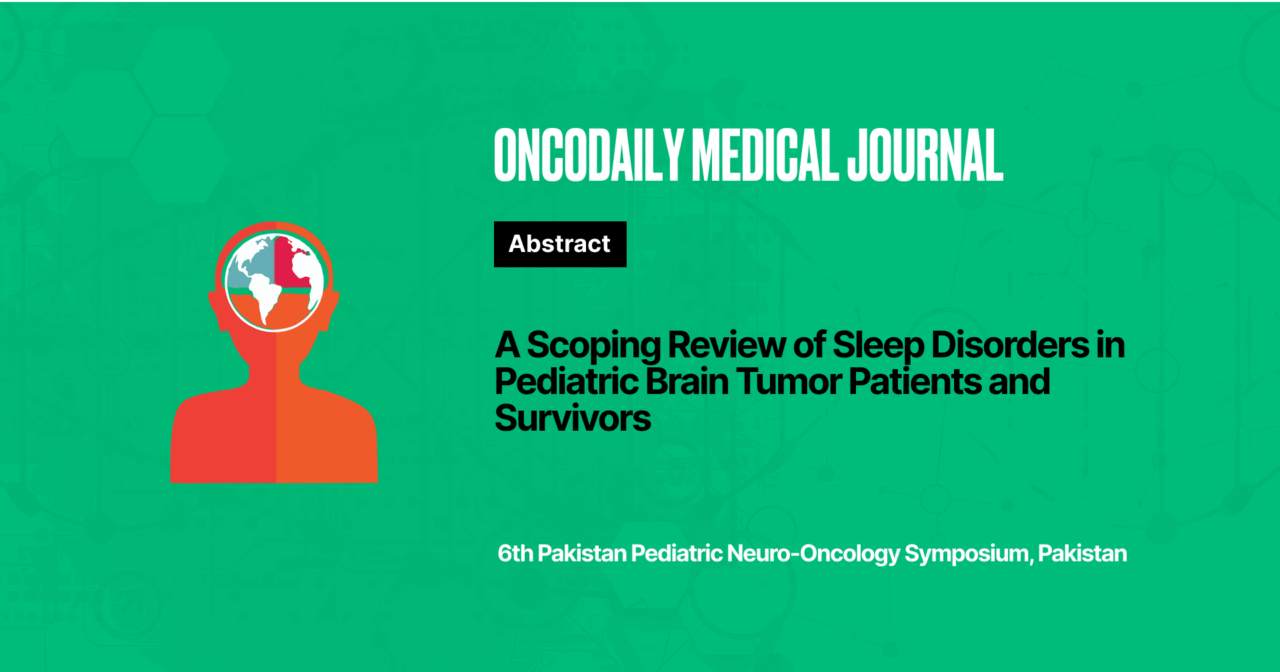A Scoping Review of Sleep Disorders in Pediatric Brain Tumor Patients and Survivors
Abstract
Introduction: Paediatric brain tumor patients are at significantly higher risk of experiencing sleep-related problems. These issues might be a direct impact of the tumor itself, hypothalamic or brainstem involvement, treatment effects, and environmental factors. Disorders, including insomnia, excessive daytime sleepiness, nocturnal respiratory dysfunction, and circadian misalignment, can notably affect overall functioning and quality of life. Despite growing recognition of these issues, understanding remains incomplete, and standardized management approaches are insufficient. This scoping review outlines existing literature on the prevalence, mechanisms, assessment methods, and treatment strategies for sleep disorders in paediatric brain tumor survivors.
Methodology: This review followed Arksey and O’Malley’s framework and was reported in accordance with PRISMA-ScR guidelines. A systematic search of PubMed identified studies published between 2022 and 2025 investigating sleep disorders in children with brain tumors.
Results: Many children, especially those with craniopharyngioma or hypothalamic gliomas, experienced disrupted sleep. Excessive daytime hypersomnia and sleep-disordered breathing were the most commonly reported issues. Tumor site and treatment methods, including surgery and radiotherapy, played a key role. Objective analyses demonstrated deviations from typical sleep structure and circadian rhythm disruptions. Few studies evaluated pharmacological or behavioural interventions, and documented improvements were modest without standardized protocols available. Sleep disturbances were consistently linked to obesity, cognitive difficulties, and diminished quality of life.
Conclusion: Sleep disorders are widespread among paediatric brain tumor survivors, yet targeted treatments remain rare despite high morbidity and serious impact on life. There is an urgent need for routine screening, standardized diagnostic approaches, and evidence-based interventions. Future studies should focus on multicentre, longitudinal approaches to strengthen clinical guidelines and promote better outcomes in this vulnerable population.
Conflict of Interest: None
Funding: None
Disclosure Statement: None
License: This article is published under the terms of the Creative Commons Attribution 4.0 International License (CC BY 4.0).
© Amna Khalid, 2025. This license permits unrestricted use, distribution, and reproduction in any medium, provided the original author and source are credited.





